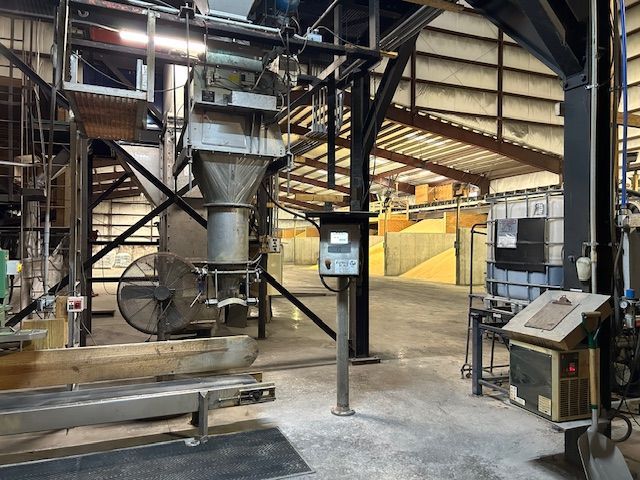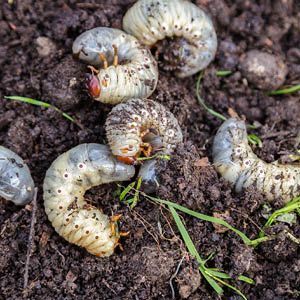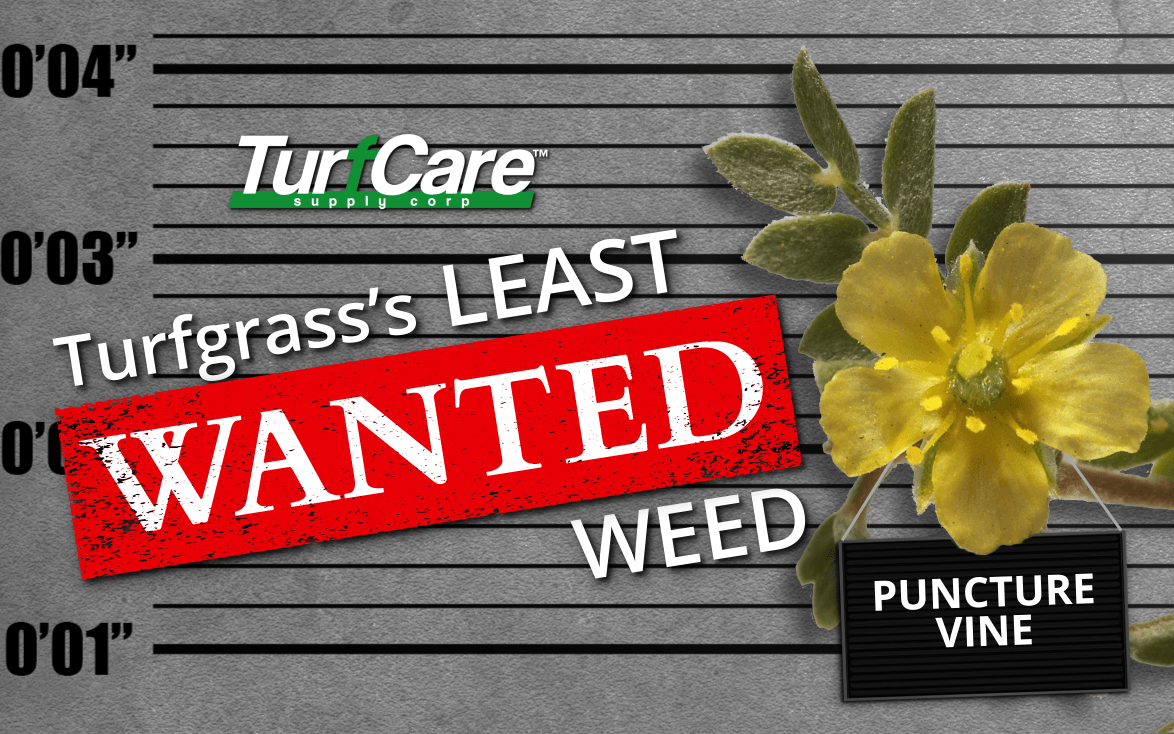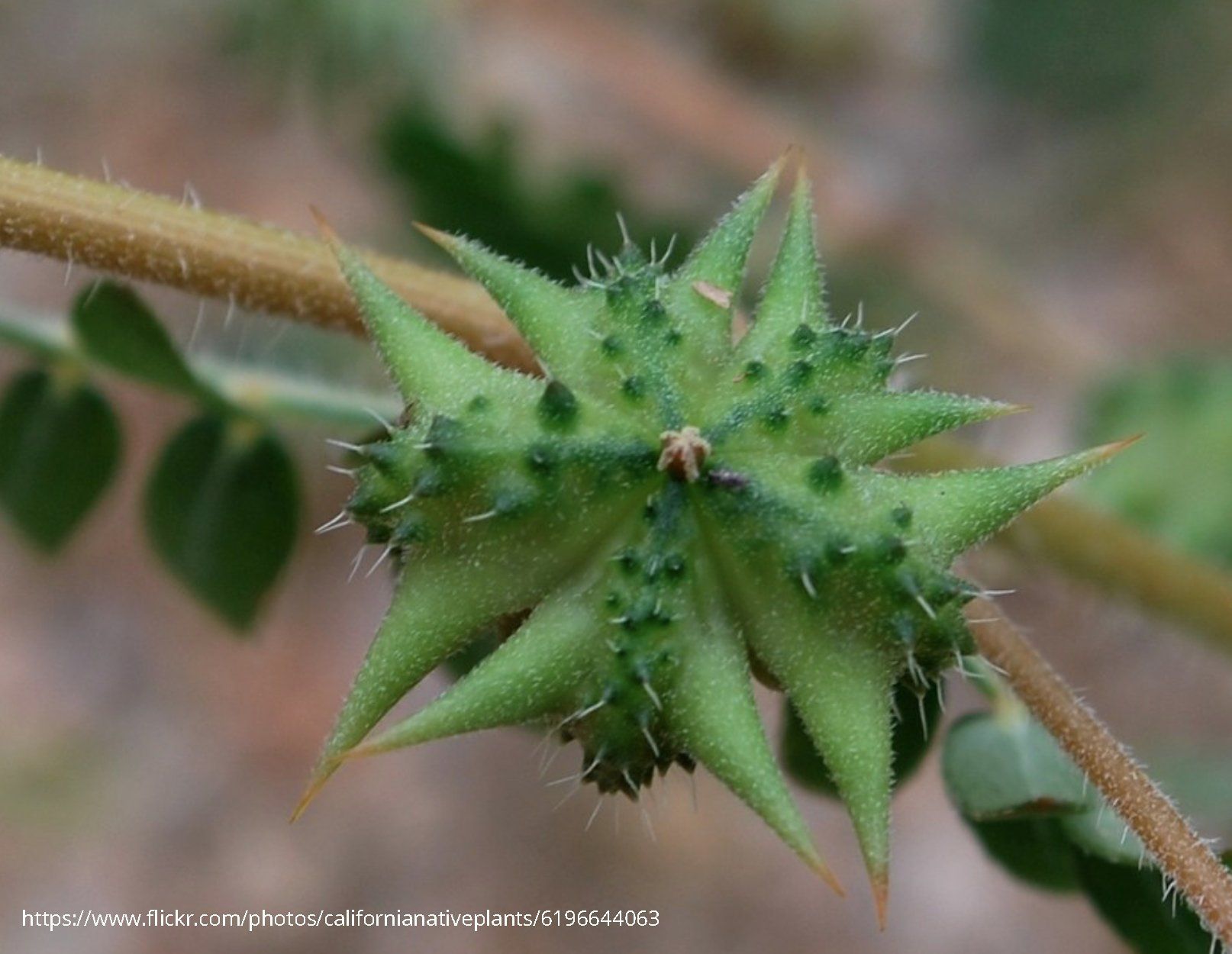DESCRIPTION AND WHERE TO FIND
Puncture Vine (Tribulus terrestris) appropriately named, is a summer annual broadleaf weed that’s mostly found in dry climates throughout the United States. It is native to southern Europe and grows in a number of different conditions, but it flourishes in hot and dry conditions where many plants cannot survive. It is a noxious weed that can wreak havoc on orchards, pastures, turf and along roadsides, where conditions are ideal. Although the plant does not look threatening, it can be toxic to sheep and cattle, and to the human touch with its incredibly spiky seedpods. The seedpods look very similar to caltrops, which are metal, spiked devices historically used to slow troops or puncture vehicle tires. These seedpods have the same capability, with a hard spiked casing they can injure livestock, people, pets and even bicycle and ATV tires.
HOW TO IDENTIFY
The puncture vine grows low to the ground and usually forms very thick growths 2 to 5 feet in diameter. The reddish-brown stems grow radially from a woody taproot and doesn’t root from the stems. Flowers are yellow and small that grow on short stalks at the leaf nodes. Flowers grow solitary and have 5 petals, 5 sepals and 10 stamens that develop into burs with stout spines. The leaves grow opposite of each other, have short stalks and are about 1 to 3 inches long. It grows numerous and dense stems that grow up to 6 feet long. The fruit are caltrop-like, with sharp rigid spines.
THREAT TO ANIMALS AND HUMANS
It is a huge nuisance to humans and threateningly toxic to livestock. During the 1900s, puncturevine was a big problem on roadsides as it’s burs easily punctured tires of vehicles. The weed has the ability to produce 200 to up to 5,000 seeds in one growing season, and the buried seed usually can remain viable for 3 to 6 years. This can cause a real danger to livestock and pets as it can injure the mouth and digestive tract, if ingested. The hard-cased burrs have the potential to pierce hooves, shoes, paws and even bicycle and ATV tires. Due to its very deep taproot, puncturevine aggressively contends for water and nutrients from crops, trees and turf.
HOW TO MANAGE
Mowing will be ineffective due to the low growth form of the plant. Hand-pulling can be effective, if the population is low, but should be done before any spiny fruit develop. Burrs should be collected and removed by sweeping or raking the ground. Patting the ground with a piece of carpet has also proven to work well. Herbicide should be applied to ensure regrowth is subsided, but burrs will still need to be removed by hand. After control is managed, plant with area suitable plants to provide contention for nutrients and reduce further invasion.
For more information on our Combo Herbicides, Click Here.
For green industry professionals or others interested in ordering Turfcare products, please contact our Customer Service to find a distributor near you.
References:
http://ipm.ucanr.edu/PMG/PESTNOTES/pn74128.html
https://www.nwcb.wa.gov/weeds/puncturevine
https://wric.ucdavis.edu/information/crop/natural%20areas/wr_T/Tribulus
https://ucanr.edu/blogs/blogcore/postdetail.cfm?postnum=24478
Photographs:
https://www.flickr.com/photos/californianativeplants/6196644063
Turf Care Supply - TurfReport Blog

Turf Care Supply, LLC, a portfolio company of Platte River Equity, has officially acquired Beaty Fertilizer, the industry respected Tennessee-based manufacturer and blender of custom granular and liquid fertilizers, as well as combination products. This strategic move expands Turf Care’s manufacturing footprint, adds new product capabilities, and enhances overall production capacity. “The partnership with Beaty Fertilizer marks a major milestone in our journey and an important step forward in our mission to grow, innovate and lead in our industry,” said Mark Mangan, President of Turf Care. “This acquisition is more than just expansion; it’s a powerful opportunity to strengthen our product offerings, broaden our market reach and provide greater value to our customers. By welcoming Beaty into the Turf Care family, we are reinforcing our commitment to excellence and positioning ourselves for an even brighter future.” “We are excited about this next step in the Beaty Fertilizer story. For almost 50 years, our family and our employees have worked hard to serve customers and communities with pride and heart,” said John Beaty, President of Beaty. “Now, we are embracing an opportunity for growth with Turf Care. With our combined know-how and resources, we’ll keep building on what we’ve worked so hard to create and bring even more value to our customers, employees and partners. We truly believe this partnership will keep the Beaty legacy going strong while opening up new doors for growth and innovation.” Tarun Kanthety, Vice President at Platte River, added, “We believe the acquisition of Beaty Fertilizer represents a strategic step in expanding Turf Care’s footprint and product breadth... as it scales and enhances its value proposition to customers.”

Root out Grubs, Before they Attack Yours! White grubs, the immature stage of several scarab beetles—including Japanese beetles, masked chafers, May and June beetles, and green June beetles—are a major threat to turfgrass across the Southeast. These beetles follow a complete metamorphosis (egg, grub, pupa, adult), with most species completing their cycle in one year. Eggs are laid in early summer, grubs hatch within two weeks, and begin feeding on turfgrass roots through the late summer and fall. May and June beetles differ slightly, with a two- to three-year life cycle and prolonged feeding as third-instar grubs. Grubs damage turf by severing roots, causing grass to yellow, wilt, or lift easily from the soil. Feeding is typically concentrated in patches and worsens during hot, dry weather. Wildlife digging for grubs can create further turf destruction. Healthy turf may tolerate 5–10 grubs per square foot, but damage becomes evident as populations rise or turf is under stress. Early detection and timing are essential. Scouting begins in late June, shortly after adult beetle activity peaks. Monitoring plants favored by beetles can signal egg-laying is underway. Treatment is most effective when small grubs are active—typically from mid-July through early August. For professional turfgrass managers, insecticides containing imidacloprid (Merit®), chlorantraniliprole (Acelepryn®), or trichlorfon (Dylox®) are the most effective tools. The primary months of preventative application of Acelepryn® is from April to end of May and Merit® from April into July - targeting grubs before they hatch. Curative treatments with Dylox® or similar products are applied July through the fall, when young grubs are feeding and most vulnerable. Always follow label directions for optimal application and safety. Timing may vary slightly by regional seasonal needs. Turf Care Supply has a variety of professional TCS Growstar insecticide fertilizers available to protect your turf and prevent grub damage, before it starts. Click on the button below to view products, contact your sales rep for addition TC Growstar products available.

Platte River Equity Portfolio Company Turf Care Supply, LLC Acquires Agri-Nutrients, Inc. Brunswick, OH , October 9, 2024 – Platte River Equity (“Platte River”) portfolio company Turf Care Supply, LLC (“Turf Care”) is pleased to announce its acquisition of Agri-Nutrients, Inc. (“Agri-Nutrients”), a manufacturer and blender of custom granular fertilizers for the turf & ornamental (“T&O”) industry. This strategic acquisition provides Turf Care with an established presence in the south-central United States, an enhanced product portfolio and additional manufacturing capacity. “This acquisition represents much more than a business transaction; it is a strategic step forward in expanding our reach and enhancing our customers’ growth. By bringing Agri-Nutrients into the Turf Care family, we are broadening our product portfolio, expanding our market presence and further positioning ourselves as a leader in providing innovative solutions for our customers,” said Mark Mangan, President of Turf Care. “We are excited about joining the Turf Care team,” said Jim Montgomery, President of Agri-Nutrients. “At Agri-Nutrients, our core values center around customer service and product innovation, and we are confident that this combination will allow us to better serve the needs of our customers.” “Platte River welcomes the Agri-Nutrients team to Turf Care. This transaction underscores our long-term commitment to fostering growth through both organic and inorganic initiatives across the Turf Care platform,” said Tarun Kanthety, Vice President of Platte River. “The partnership with Agri-Nutrients strengthens Turf Care’s value-added offering, creating additional growth opportunities across the combined customer base.” B&A Corporate Advisors served as the exclusive financial advisor to Agri-Nutrients. About Agri-Nutrients Founded in 1992 and based in Catoosa, OK, Agri-Nutrients is a manufacturer and blender of custom granular fertilizers for the T&O industry, predominantly selling into the lawn care, sports turf and golf course end markets. About Turf Care Supply Established in 1974, Turf Care Supply is one of the largest formulators and blenders of urea products to the T&O market. Turf Care has a comprehensive product portfolio of fertilizers, combination products (herbicide/insecticide), soil amendments and enhanced efficiency fertilizer ingredients. Turf Care's products are sold to distributors and blenders serving the commercial, residential and golf end markets. Turf Care operates four manufacturing facilities strategically located throughout the eastern U.S. About Platte River Equity Founded in 2006 and based in Denver, CO, Platte River Equity is a private equity firm focused on investments in established lower middle market operating companies within targeted industrial sectors where it has substantial operating and investing experience. Platte River utilizes prudent capital structures in order to invest in future growth opportunities and withstand changing economic environments. The firm also provides significant ongoing support to its portfolio companies through dedicated resources across functional areas. The firm has raised funds with committed capital in excess of $1.6 billion and is currently investing out of its fifth fund. The Platte River team is the largest collective investor across its funds, deeply aligning the firm with its investors and portfolio company management teams.


